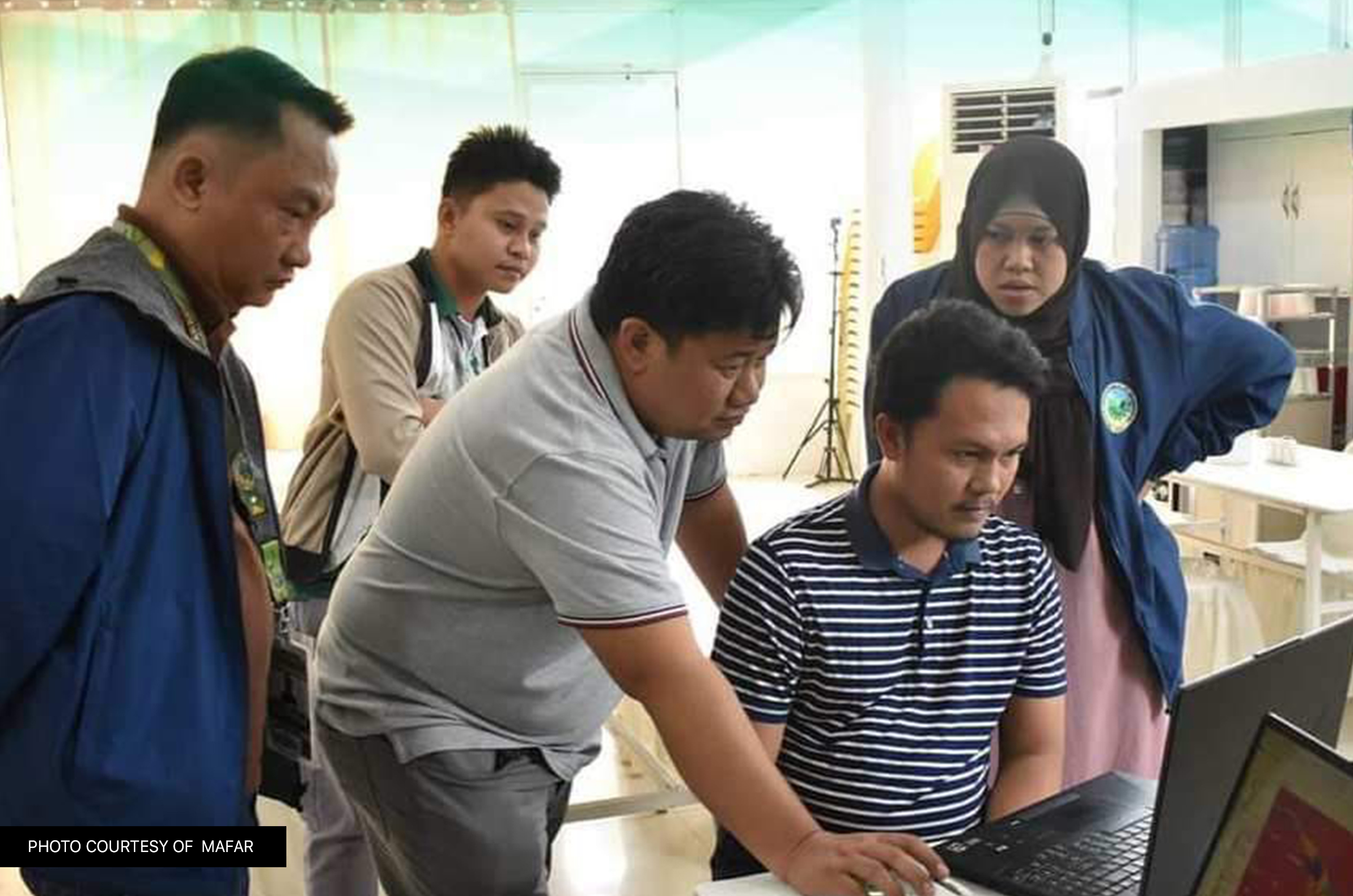Photo from MAFAR
COTABATO CITY—Twenty-five (25) employees from Ministry of Agriculture, Fisheries, and Agrarian Reform’s (MAFAR) engaged in comprehensive training program on August 9-10, aimed at harnessing quantum geographic information system’s (QGIS) potential for enhancing data gathering and aquaculture practices.
Macmod Mamalangkap, Director II for Fisheries Operation Services, highlighted the importance of this training in aligning data practices with MAFAR Minister Mohammad Yacob’s key priorities. These priorities center around establishing and reinforcing baseline data to ensure the sustainability of the ministry’s interventions.
“It also correlates with the National Stock Assessment Program’s methodologies and sampling frequency, coordinates, and location of sampling sites,” he added.
Throughout the training, attendees not only learned about using the QGIS tools for data gathering but also created data questionnaires and identified operational and non-operational aquaculture farms.
The training also targets boosting BARMM’s fish output since the region ranked first in the country for fisheries production in 2022.
Mohammadtaha Pendaliday, Director II for Fisheries Regulatory and Research Services, stressed the significance of time as a valuable resource. He emphasized the need to approach the training earnestly to comprehend the intricate and advanced technological mapping tools within QGIS.
Al-Wahab Harun, a freelance GIS Specialist specializing in Spatial Planning, served as the resource speaker for the training.
He shared his expertise in GIS, Geo Referencing, shape file creation (point, line, and polygons), Digitizing, Plotting of Geo-Tagged photos, CSV handling, Attribute Tables, Kobo Tool Application, and Map Layout, among other topics.
Aligned with BARMM Chief Minister Ahod Ebrahim’s Enhanced 12-Point Priority Agenda, the ministry reaffirms its dedication to developing and implementing responsive policies and innovative convergence programs.
These initiatives aim to enhance access to training and equipment for fisherfolk and establish connections between their produce and harvest and larger markets. (Kasan Usop, Jr./BIO with reports from MAFAR)








